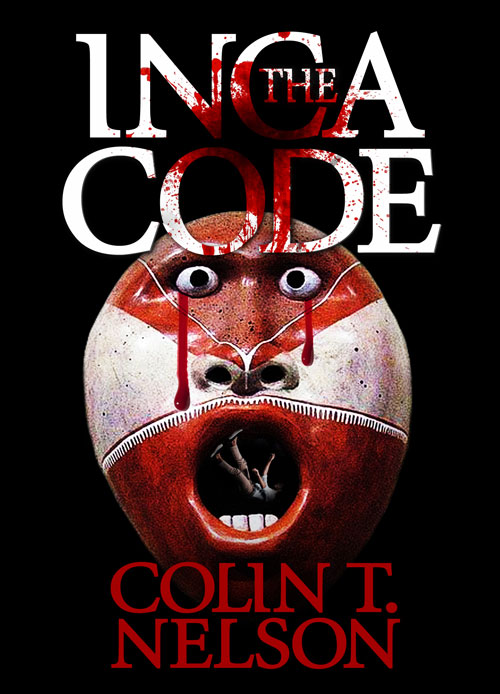 It’s the question I get all the time: How can you defend someone you know is guilty? Especiall if it’s a horrible crime. It’s easy to reply “it’s my job,” “everyone has a right to a trial,” “I have an ethical duty…blah, blah, blah.” All true but there’s the human part of every lawyer that is repulsed by the crime and/or client also. That’s the hard part. There have been a handful of creeps I’ve represented over the years that would make your/my skin crawl!
It’s the question I get all the time: How can you defend someone you know is guilty? Especiall if it’s a horrible crime. It’s easy to reply “it’s my job,” “everyone has a right to a trial,” “I have an ethical duty…blah, blah, blah.” All true but there’s the human part of every lawyer that is repulsed by the crime and/or client also. That’s the hard part. There have been a handful of creeps I’ve represented over the years that would make your/my skin crawl!
Technically, my job defending anyone is to force the State to prove their guilt beyond a reasonable doubt. If I have personal doubts as to my client’s innocence, I never even breathe the word “innocent.” Instead, I remind the jury to evaluate the State’s case; the defendant is presumed innocent by the system. The funny part is that I’ve rarely had a client admit they were guilty. Even if it looked pretty obvious, they maintained their innocence. And the more you get into a case, the murkier facts often become. So many times, I’m not sure who’s an innocent or guilty person.
Maybe the best way to let you know how this feels is to tell you a story of a case I tried several years ago.
It involved a young man, 17 years old, who was married. They were both poor and struggled to make ends meet. One night when the boy–I’ll call him Jim–came home after looking for a job during the day, he found his wife having sex with another man on the couch of their apartment.
Jim erupted in anger and pain. First, he kicked the other man out then turned on the woman. A fight started and he strangled her to death by choking her with his hands. That was gruesome enough but afterward, to divert attention from him–the obvious culprit–he stripped her body, spray-painted it in gang graffiti, and left her in the middle of an intersection to make it look like a gang crime.
After having been charged with Murder in the 1st degree, he was certified and transferred to adult court where I met him. Because the crime was so heinous and the proseutor’s case was so strong, they didn’t offer Jim any kind of a plea bargain. Like any person looking at life imprisonment, Jim found it hard to plead guilty, even though he eventually admitted he killed her. We set the case for trial, which was his right to demand.
From my standpoint as his lawyer, sometimes the charging decision made by the prosecutor does not fit the crime. In other words, maybe the accused person is not guilty of Assault 1 but is guilty of Assault 3, a lesser crime with a shorter penalty. That was the strategy in Jim’s case. I had two goals: maybe the jury would have sympathy for the young guy and convict him of something less serious or the facts, as determined in a trial through the witnesses, wouldn’t warrant the full Murder 1 conviction. So, we launched into the trial with this crime of the heart.
When the Medical Examiner who’d performed the autopsy on the victim testified, he broke the case wide open–to Jim’s favor.
Since I hate to write lengthy blogs, I’ll pause for now and continue the story with my next one.






